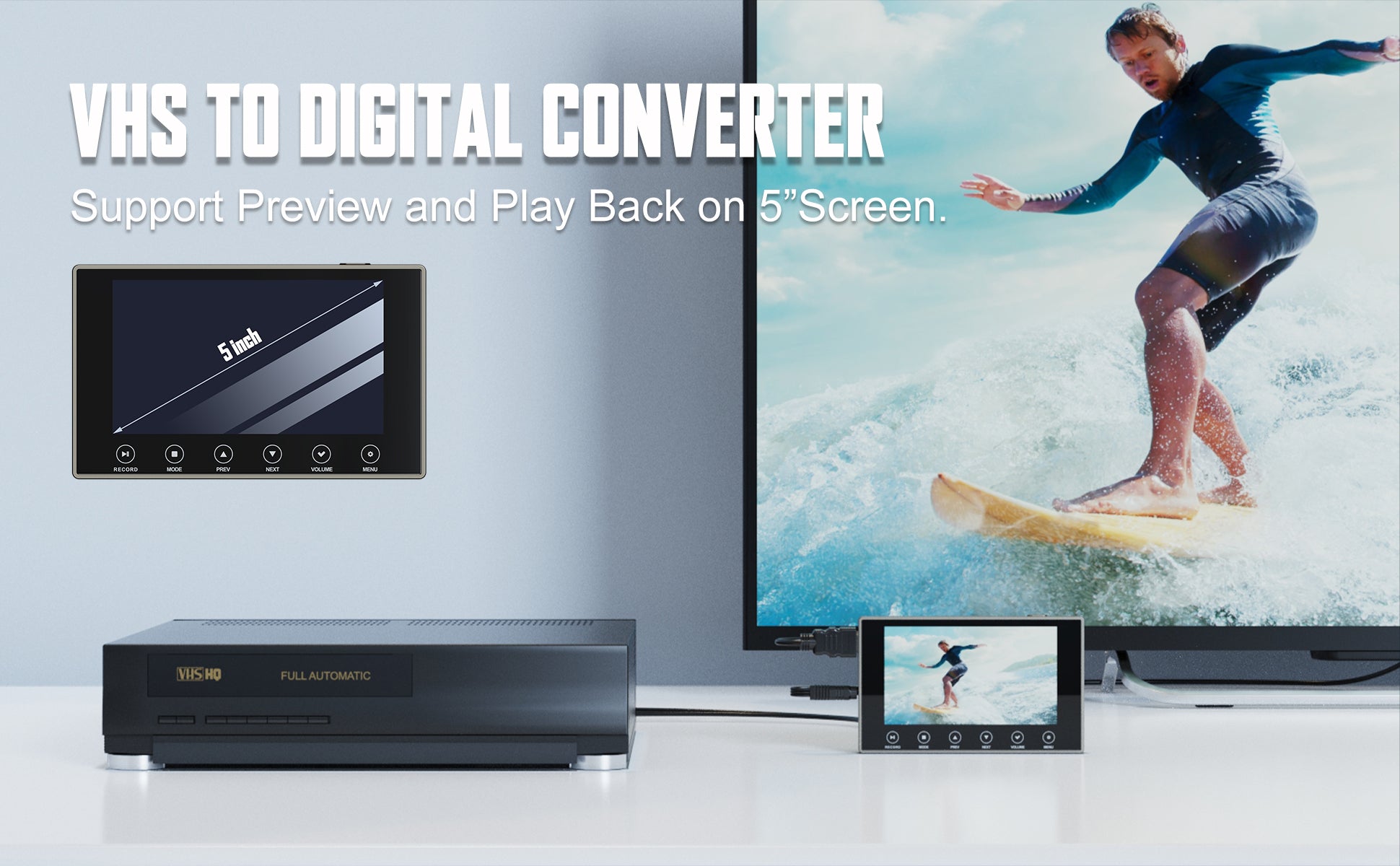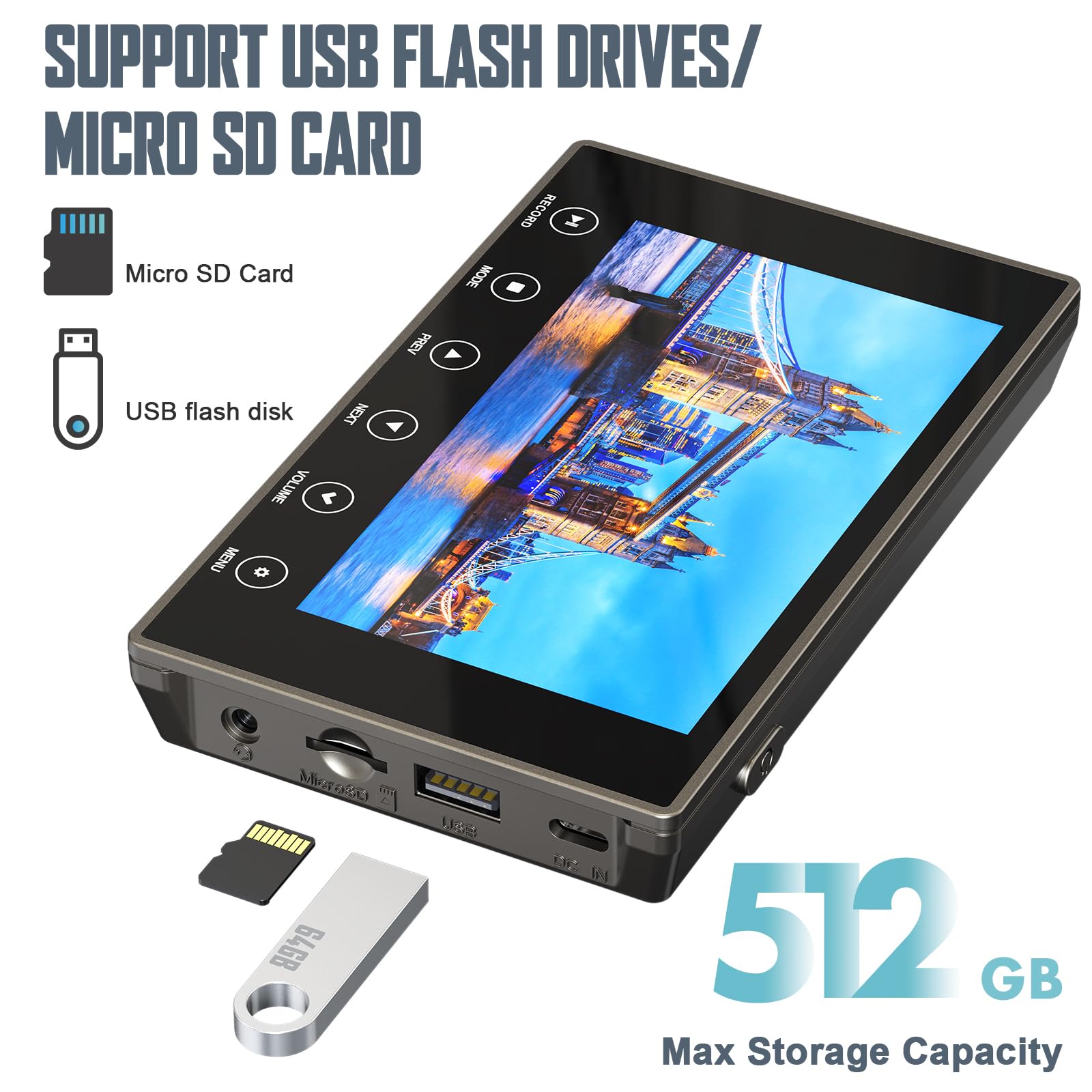The world of film preservation has undergone a remarkable transformation, with enthusiasts and families alike seeking ways to digitize their cherished memories. As technology advances, the process of converting 8mm and Super 8 films to digital formats has become more accessible than ever. Modern film to digital converters offer a range of features that make it possible to breathe new life into old footage. These devices not only preserve the past but also make it easier to share and enjoy vintage films in today's digital landscape. For those considering a 35mm film scanning service, understanding the capabilities of home converters can provide valuable context for making informed decisions about film preservation methods.
Table of contents:
Assessing the Speed and Efficiency of Modern 8mm Film Converters
Understanding the Importance of Audio Capture in Film Digitization
How to Connect Your 8mm Film Converter to External Displays
Maximizing Storage Capacity for Large Reel to Reel Film Collections
Assessing the Speed and Efficiency of Modern 8mm Film Converters
When evaluating film to digital converters, speed and efficiency are crucial factors to consider. Today's devices can process film at varying rates, with some capable of converting entire reels in a matter of hours. This efficiency is particularly important for those with large collections of 8mm or Super 8 films. While professional 35mm film scanning services may offer faster turnaround times, home converters provide the convenience of on-demand digitization. The latest models often feature frame-by-frame scanning at resolutions up to 1080p, ensuring that each moment is captured with clarity. Additionally, the ability to handle multiple reel sizes, from 3" to 9", adds versatility to these devices, making them suitable for a wide range of film formats and lengths.
Understanding the Importance of Audio Capture in Film Digitization
Audio preservation is a critical aspect of film digitization that is often overlooked. While visual elements are paramount, the soundtrack of a film can be equally valuable in preserving memories. Advanced film to digital converters now incorporate audio capture capabilities, ensuring that narration, music, and ambient sounds are faithfully reproduced. This feature is particularly significant for those who have utilized a 35mm film scanning service in the past and found the audio quality lacking. Home converters with built-in audio processing can provide a more complete digitization experience, capturing the full essence of vintage films. Some devices even offer noise reduction and audio enhancement features, further improving the quality of the digitized soundtrack.
How to Connect Your 8mm Film Converter to External Displays
The ability to view your digitized films on larger screens greatly enhances the enjoyment of your preserved memories. Modern film to digital converters often come equipped with output options that allow for easy connection to external displays. This feature is especially useful for those who may have previously relied on a 35mm film scanning service and received digital files without the means to view them easily. Many converters now include HDMI or AV outputs, enabling users to connect directly to televisions or monitors. This direct connection capability means that families can gather to watch their digitized films on a big screen, recreating the nostalgia of home movie nights from decades past.
Maximizing Storage Capacity for Large Reel to Reel Film Collections
For enthusiasts with extensive film collections, storage capacity is a critical consideration when choosing a film to digital converter. While professional 35mm film scanning services often provide digital copies on external hard drives, home converters typically use SD cards for storage. The latest models come with high-capacity SD cards, often 32GB or more, allowing for the storage of hours of digitized footage. Some converters also offer the flexibility to use larger SD cards or connect to external storage devices, further expanding their capacity. This feature is particularly beneficial for those looking to digitize entire archives of family history or historical footage, ensuring that every frame can be preserved without the need for frequent transfers to a computer or other storage media.
The landscape of film preservation has evolved significantly, offering both professional services and home solutions for digitizing precious memories. While 35mm film scanning services remain a valuable option for high-quality, large-scale projects, modern film to digital converters provide an accessible alternative for many users. These devices offer the convenience of in-home digitization, with features that rival professional services in terms of quality and efficiency. From high-resolution scanning and audio capture to flexible storage options and display connectivity, today's converters are equipped to handle a wide range of preservation needs. As technology continues to advance, the process of converting film to digital formats will only become more streamlined, ensuring that future generations can continue to enjoy and appreciate the visual history captured on film.



